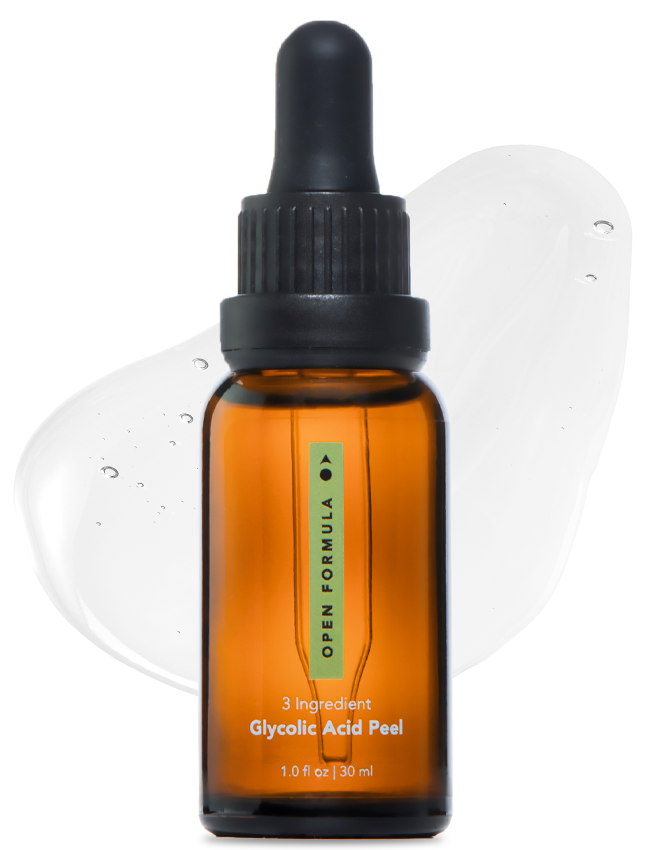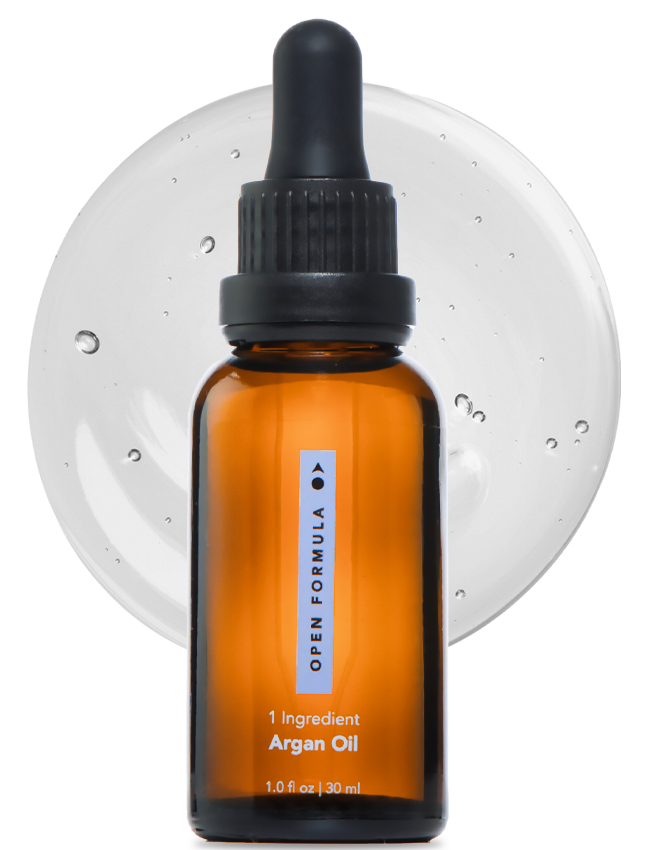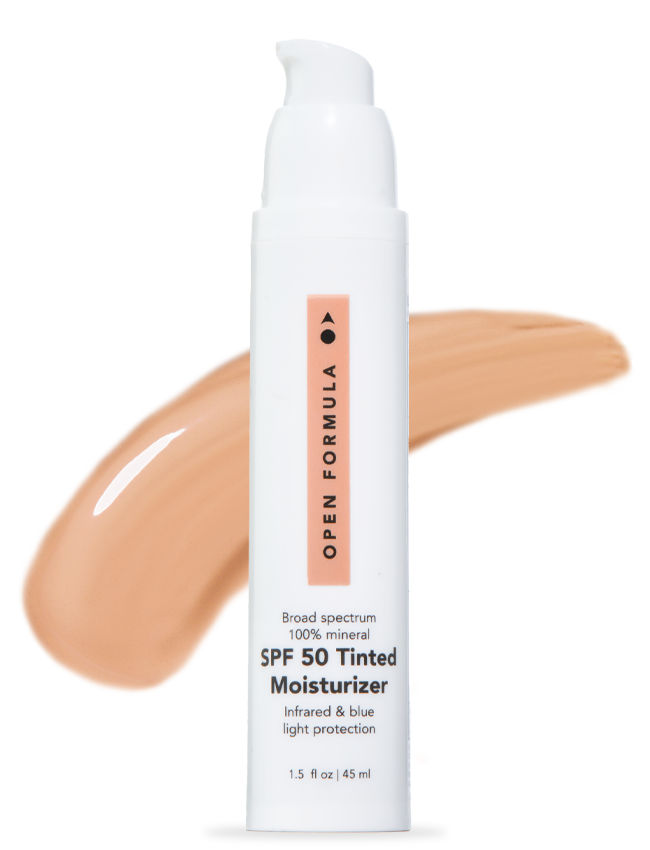Aging is part of life. But who wants to start early? By knowing the first signs of premature aging you can take steps to slow down those processes. Here is what you need to know about premature aging so you can avoid it.
Main Causes of Premature Aging
Premature aging happens when the signs of aging appear more rapidly than they naturally would. This happens due to a few factors, many of which are under your control. For example, unprotected and extreme sun exposure, unhealthy lifestyle, poor or no self care habits, environmental hazards, and genetics.
Let’s start with self care and what falls under that category. If you don’t take care of yourself, who will? Self care is important and shouldn’t be under-rated. Without proper self care your skin and body can take a beating from your lifestyle. Below are the top stressors that facilitate premature aging.
Lack of Proper Skincare
A regular skincare routine can diminish and combat the early signs of skin aging. But if you don’t have a daily routine, your skin can’t optimize its natural rejuvenating processes.
For example, your skin sheds 40,000 cells a minute. Plus, your face has 20,000 pores that can get filled up with dirt, makeup, sebum, and other gunk on the skin’s surface. When you don’t cleanse properly or daily, those 20,000 pores can get clogged and turn into a breakout.
Plus, regularly exfoliating not only removes that dead skin cell build up but also allows the fresher newer skin to be at the surface. That newer skin is more radiant, plumper, and shows fewer lines.
Unprotected or Too Much Sun Exposure
Unprotected sun exposure is the #1 contributing factor to skin aging causing 80% of all signs of aging. The sun’s UV rays penetrate through the skin’s layers wreaking havoc at both a surface and DNA level. UVB rays burn your skin causing damage at the surface, which leads to hyperpigmentation, dryness, and patchy uneven skin tone. UVA rays penetrate deeper and are responsible for fine lines, wrinkles, sagging or skin laxity, all which make you look older.
Smoking
One study found that, “...smoking is associated with many dermatological conditions, including poor wound healing, premature skin aging, squamous cell carcinoma, melanoma, oral cancer, acne, psoriasis, and hair loss.“ As far as skin goes, smoking also reduces collagen and elastin production. Both elastin and collagen are responsible for making your skin thick, bouncy, and resilient.
The act of smoking increases the appearance of crow’s feet and fine lines around the mouth. This happens because as you smoke and avoid getting the exhaled smoke into your eyes, you close them down for protection by squinting. Plus, when you pucker your lips, around a cigarette, over time those pucker lines become more permanent.
Alcohol
Alcohol is another major contributor to premature aging. It dehydrates the entire body and skin. Dehydrated skin has lost its plumpness. It sags and wrinkles, looking older than it should. This dehydration from alcohol use gets worse as we age, because as we naturally age we lose fats under our skin, making skin thinner and drier. Alcohol use makes that process happen more rapidly.
Stress
There are complex processes between hormones and the skin and stress affects that relationship. Increases in stress hormones have shown to increase skin breakouts. Stress hormones contribute to higher levels of inflammation. And new research shows that stress does breakdown the skin’s ability to properly regenerate and heal. One study, illustrated how stress specifically in the skin triggers or aggravates numerous skin conditions including, psoriasis, atopic dermatitis, acne, contact dermatitis, alopecia areata (hair loss) and skin redness.
Caffeine
Like alcohol, caffeine is a diuretic––it makes you lose water.Your body’s inability to hold onto water means your skin becomes more prune like. Hello wrinkles!
Poor Sleep Habits
When you don’t sleep enough it leads to stress in the body which releases the stress hormone cortisol. Cortisol increases the production of skin oils leading to both oilier skin and acne. One study found that poor quality sleepers showed increased signs of skin aging including fine lines, uneven pigmentation and loosening of skin plus reduced elasticity.
The Environment
Our skin is the first line of defense against the environment around us, including physical, chemical, and biological damage. Main environmental factors include exposure to the sun, air pollution, and tobacco smoke (first and second hand). Air pollution alone has been shown to increase the chance of getting skin cancer. Both air pollution and unprotected sun exposure decrease the levels of antioxidants in the skin, like vitamin C and E, that help fight the signs of aging. But you can still protect yourself by adding vitamin C and E into your skincare routine. (More on that below)
Genetics
Can’t escape your family genes, but you can alter their path. One recent study on twins showed that up to 60% of the skin aging differences between individuals can be linked to genetic factors. The other 40% is due to non-genetic factors. That means your habits and self care can slow and prevent premature aging.
The Signs and Treatments for Premature Aging
Sunspots and Hyperpigmentation (uneven skin tone)
One of the first signs of premature aging is sunspots. Sunspots and uneven skin tone are areas of darker skin tone. To even the skin tone do the following:
- Exfoliate with AHAs (alpha-hydroxy acid) like lactic acid and glycolic acid. Acid exfoliants are more moisturizing and gentle that physical exfoliants like scrubs.
- Retinoids to brighten skin tone. Retinoids are your skin’s best friend. They brighten skin tone by aiding the skin cell turnover rate, which slows with age. And retinoids increase the skin’s production of collagen and elastin, giving you bouncy, and more youthful looking skin.
- SPF. Sunscreen is a must. It protects the skin from the burns caused by UVB rays and the skin aging and damage caused by UVA rays. Not to mention that anytime you use a retinoid, your skin becomes more sensitive to sun exposure. So it needs more protection.
Fine Lines
Fine lines benefit from the use of regular exfoliation to remove the build up of dead skin cells, along with ingredients that increase collagen production, reduce the look of fine lines and increase and retain hydration.
- Exfoliate. As mentioned above acids offer the best option for skin exfoliation. They are effective, gentle and even hydrating, especially lactic acid.
- Use Retinoids. Since retinoids increase the production of collagen, the fine lines will be less visible after a few weeks of use.
- Peptides. Peptides offer many benefits to prevent or treat premature skin aging. Since the first signs of premature aging begin around the eyes, use an eye cream formulated with peptides. Look for a formulation that includes one or a combination of the following: Eyeliss, Beautifeye, Hayloxyl, and Regu-age.
- Hyaluronic acid. This acid isn’t an acid like those used for exfoliation. Hyaluronic acid works as a humectant, drawing moisture to the skin. Look for serums and creams containing this powerful anti-aging ingredient.
- Oils. Finally, lock in all that plumping hydration and collagen activation with oils like argon, marula, and jojoba.
Sagging Skin
Sagging skin lacks both hydration and firmness.
- Hydrate with oils. Try oils like argon, marula, jojoba, and rosehip seed oil.
- Use hyaluronic acid daily.
- Peptides. For the eye area look for Eyeliss, Beautifeye, Hayloxyl, Regu-age. And for the cheeks and neck, look for formulations containing Matrixyl 3000.
Blotchy Skin Tone on Chest
- Treating blotchy skin on your chest is similar to sunspots listed above. You’ll need to exfoliate, use retinoids, and daily SPF.
- Antioxidants. Premature aging reduces your skin’s level of antioxidants. Use a vitamin C product to brighten and even out skin tone.
You can’t stop aging. But you can take steps to slow and treat the signs of premature aging. Begin by quitting habits that increase signs of aging, and adopt a daily skincare routine that bolsters your skin’s ability to look younger.






























